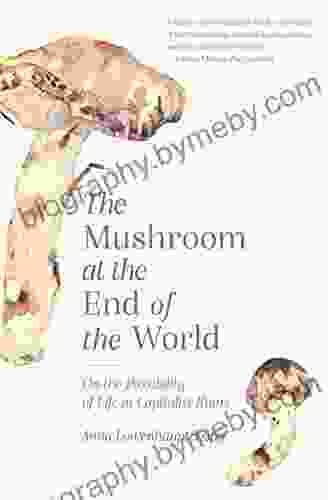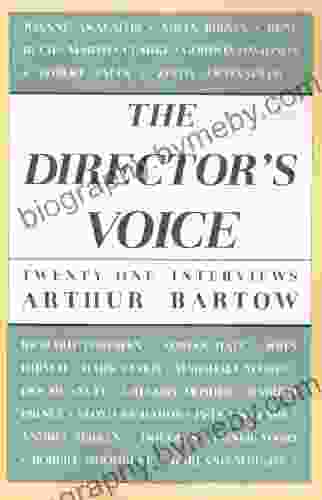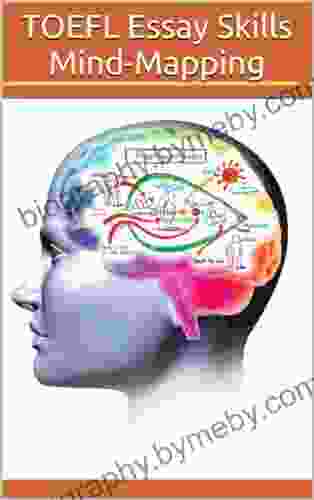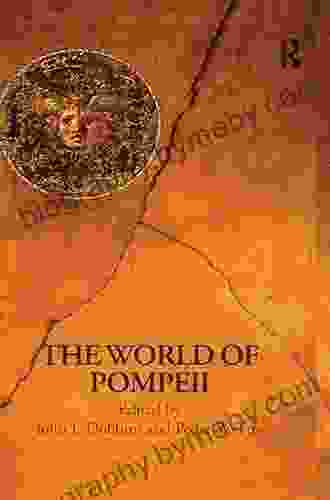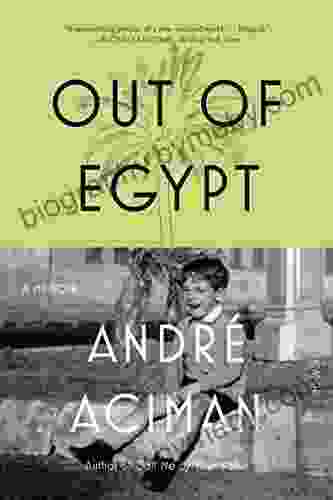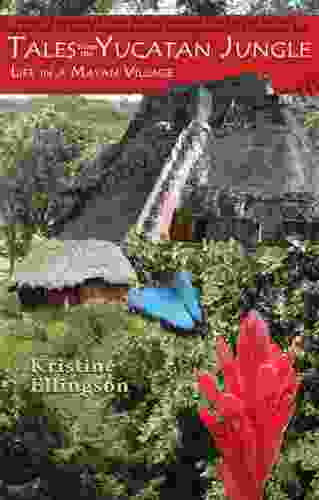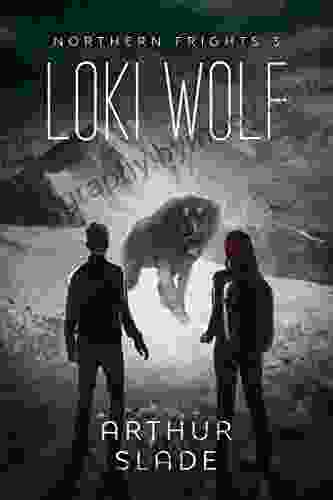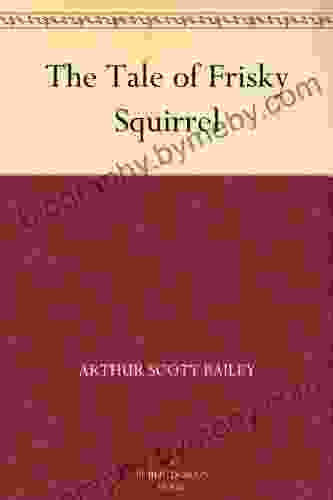Unveiling the Hidden Potential: On the Possibility of Life in Capitalist Ruins

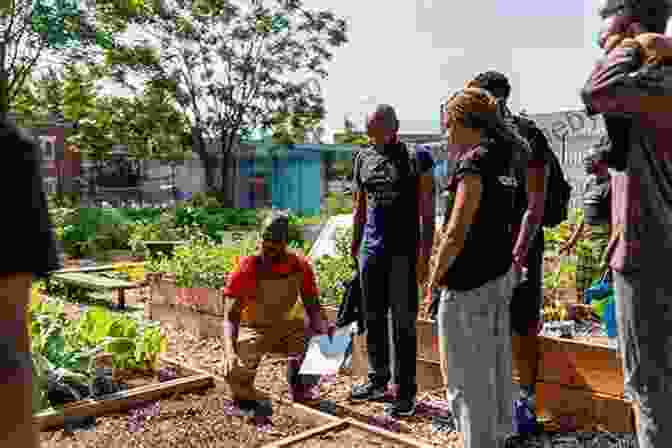
In the face of a rapidly changing global landscape, where capitalism continues to exert its dominance, the question of human survival and prosperity takes on a new urgency. Amidst the seemingly endless sprawl of urban decay, the once-abandoned spaces of capitalist ruins offer a glimmer of hope—a potential sanctuary for those seeking alternative modes of existence.
4.5 out of 5
| Language | : | English |
| File size | : | 12044 KB |
| Text-to-Speech | : | Enabled |
| Screen Reader | : | Supported |
| Enhanced typesetting | : | Enabled |
| X-Ray | : | Enabled |
| Word Wise | : | Enabled |
| Print length | : | 347 pages |
The Allure of Ruins
Ruins, often dismissed as remnants of a bygone era, hold a captivating allure. They are silent witnesses to the ebb and flow of civilizations, offering a glimpse into the past while tantalizingly hinting at the possibilities of the future. In the context of capitalism, ruins symbolize the ephemeral nature of economic systems and the inherent fragility of human endeavors.
Yet, amidst the decay and desolation, ruins also evoke a sense of resilience. They stand as testament to the indomitable spirit of humanity, persevering against all odds. In the cracks and crevices of abandoned buildings, nature reclaims its space, transforming desolate landscapes into unexpected oases of life.
The Rise of Ruin Urbanism
Out of the ashes of capitalist excess and decline, a new movement is emerging—ruin urbanism. This innovative approach envisions cities not as static, planned entities but as dynamic, adaptive environments that embrace the presence of ruins. By recognizing the potential of these forgotten spaces, ruin urbanism seeks to create sustainable, inclusive, and resilient urban communities.
Practitioners of ruin urbanism argue that the ruins of capitalism offer unique opportunities for experimentation and innovation. They propose transforming abandoned factories into artist studios, creating community gardens in empty lots, and utilizing decaying infrastructure for affordable housing. By repurposing these spaces, they aim to foster a sense of ownership and empowerment among residents, fostering a more vibrant and equitable society.
Case Studies from Around the World
The concept of ruin urbanism is not merely a theoretical construct but a burgeoning movement with real-world applications. From the favelas of Rio de Janeiro to the abandoned shipyards of Rotterdam, communities worldwide are embracing the possibilities of life in capitalist ruins.
In Berlin, the iconic Tempelhof Airport, once a symbol of Nazi Germany, has been transformed into a thriving public park and community hub. In Detroit, the ruins of the once-mighty auto industry have been repurposed into vibrant urban gardens and artist lofts, fostering a sense of resilience and creativity amidst economic decline.
The Social and Ecological Benefits
Beyond its architectural ingenuity, ruin urbanism offers a myriad of social and ecological benefits. By providing spaces for community engagement and collective action, ruins can strengthen social ties and foster a sense of belonging. They can also serve as incubators for community-led initiatives, such as food banks, health clinics, and educational programs.
Ecologically, ruins offer a valuable opportunity to reclaim urban land and promote biodiversity. Abandoned buildings can be transformed into green spaces, providing habitat for wildlife and reducing air and water pollution. By incorporating vertical greenery and sustainable building practices, ruin urbanism can contribute to urban resilience and mitigate the effects of climate change.
Challenges and Opportunities
While the potential of life in capitalist ruins is undeniable, challenges remain. The repurposing of abandoned spaces can face legal, financial, and bureaucratic obstacles. Public perception and societal attitudes towards ruins must also evolve, from seeing them as symbols of decay to recognizing their potential as valuable resources.
However, these challenges also present opportunities for collaboration and innovation. Partnerships between community groups, government agencies, and businesses can facilitate the transformation of ruins into vibrant spaces. Public education campaigns can help raise awareness about the benefits of ruin urbanism and foster a greater appreciation for these unique urban landscapes.
In the ever-evolving tapestry of human existence, the capitalist system has left behind a legacy of ruins. Yet, amidst the decay and desolation, a tantalizing possibility emerges—the potential for life to thrive in these forgotten spaces. Through the innovative approach of ruin urbanism, we can unlock the potential of capitalist ruins, creating sustainable, inclusive, and resilient communities that celebrate the resilience of the human spirit.
By embracing the allure of ruins, understanding the principles of ruin urbanism, and learning from case studies around the world, we can forge ahead into a future where the remnants of the past become the foundations of a more just and equitable society. In the ruins of capitalism, let us find not despair but hope—the possibility of a transformative rebirth, where life triumphs over decay and human ingenuity shines amidst the shadows of the past.
4.5 out of 5
| Language | : | English |
| File size | : | 12044 KB |
| Text-to-Speech | : | Enabled |
| Screen Reader | : | Supported |
| Enhanced typesetting | : | Enabled |
| X-Ray | : | Enabled |
| Word Wise | : | Enabled |
| Print length | : | 347 pages |
Do you want to contribute by writing guest posts on this blog?
Please contact us and send us a resume of previous articles that you have written.
 Book
Book Novel
Novel Page
Page Chapter
Chapter Text
Text Story
Story Genre
Genre Reader
Reader Library
Library Paperback
Paperback E-book
E-book Magazine
Magazine Newspaper
Newspaper Paragraph
Paragraph Sentence
Sentence Bookmark
Bookmark Shelf
Shelf Glossary
Glossary Bibliography
Bibliography Foreword
Foreword Preface
Preface Synopsis
Synopsis Annotation
Annotation Footnote
Footnote Manuscript
Manuscript Scroll
Scroll Codex
Codex Tome
Tome Bestseller
Bestseller Classics
Classics Library card
Library card Narrative
Narrative Biography
Biography Autobiography
Autobiography Memoir
Memoir Reference
Reference Encyclopedia
Encyclopedia Sarah Sills
Sarah Sills Anne Schreiber
Anne Schreiber Anthony M Destefano
Anthony M Destefano W Michael Gear
W Michael Gear Lucy Blackman
Lucy Blackman Nadine Taylor
Nadine Taylor Taha Sochi
Taha Sochi Arthur Aughey
Arthur Aughey Anna V Ostenso Moore
Anna V Ostenso Moore Scott Lauder
Scott Lauder Sophia Gholz
Sophia Gholz Anthony Camera
Anthony Camera Arthur C Clarke
Arthur C Clarke L M Montgomery
L M Montgomery Lori Ann Larocco
Lori Ann Larocco Anu Koivunen
Anu Koivunen Vijay V Vaitheeswaran
Vijay V Vaitheeswaran Sundari Venkatraman Kid Lit
Sundari Venkatraman Kid Lit Theodore Menten
Theodore Menten Marck Vaisman
Marck Vaisman
Light bulbAdvertise smarter! Our strategic ad space ensures maximum exposure. Reserve your spot today!
 Elliott CarterFollow ·13k
Elliott CarterFollow ·13k Alexandre DumasFollow ·4.8k
Alexandre DumasFollow ·4.8k Troy SimmonsFollow ·19.5k
Troy SimmonsFollow ·19.5k Gage HayesFollow ·2.5k
Gage HayesFollow ·2.5k Liam WardFollow ·14.7k
Liam WardFollow ·14.7k Caleb CarterFollow ·2.5k
Caleb CarterFollow ·2.5k Darius CoxFollow ·16.9k
Darius CoxFollow ·16.9k Dan BellFollow ·8.2k
Dan BellFollow ·8.2k

 Juan Rulfo
Juan RulfoThe Easy Ingredient Ketogenic Diet Cookbook: Your...
Embark on a culinary adventure that...
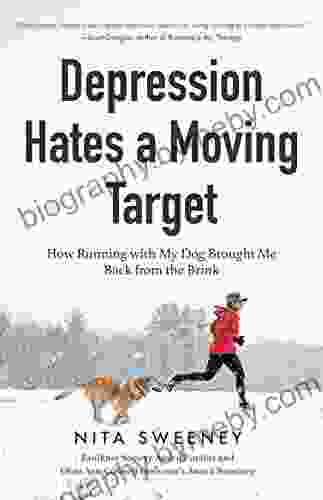
 Zachary Cox
Zachary CoxDepression Hates a Moving Target: A Groundbreaking...
Depression...

 Colin Richardson
Colin RichardsonUnleash Your Spine-Tingling Curiosity: Dive into the...
In the realm of...

 Evan Hayes
Evan HayesMarketing Fashion Portfolio: The Ultimate Guide to...
In the competitive world of fashion, it is...
4.5 out of 5
| Language | : | English |
| File size | : | 12044 KB |
| Text-to-Speech | : | Enabled |
| Screen Reader | : | Supported |
| Enhanced typesetting | : | Enabled |
| X-Ray | : | Enabled |
| Word Wise | : | Enabled |
| Print length | : | 347 pages |


